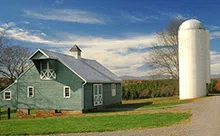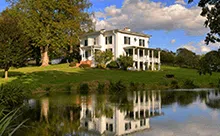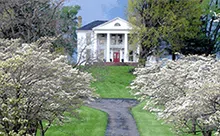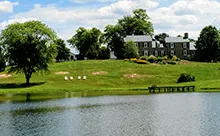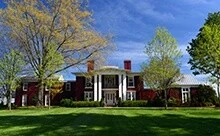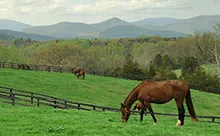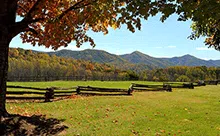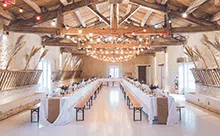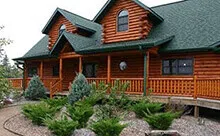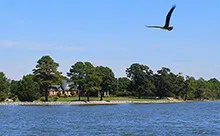Italiante Architecture in Virginia
Historic Virginia Homes and Italianate Architecture
One of the most distinctive styles of historic homes in central Virginia, Italianate, was born out of Palladian precepts and succeeds in defining a broad range of fine property. In rural and urban settings in central Virginia and in towns such as Charlottesville and Staunton many fine historic properties are expressive of the overriding romantic classicism of the period (1840’s- 90’s).
The initial interest began in England as a push back against the formal lines and rigid symmetry of the architecture which had dominated the 18th century. Initially, the style sought to embody the warm, sometimes rambling farmhouse architecture of rural Italy. With their characteristic square towers, informal detailing, and rough masonry construction, this new style was a departure from the formality of old England.
However, once in America this style began to emulate new forms of classicism, particularly as advancements in design and metal work improved, lending to opulent adornments to this otherwise rustic, old-world, agrarian idealism.
Italianate Evolves in the Americas
Popularized by architect Alexander Jackson Davis in the 1840’s, such a home will typically be designed in rectangular sections, and possess an asymmetrical floorplan, often with wings to imitate the look and feel of an Italian villa. With a large porch adorned with Corinthian columns, this style is sometimes termed “Tuscan”.
Generally, the primary dwelling is composed of a gently sloping or flat roof line or lines, emphatic flat overhanging eaves, tall chimneys, angled bay windows and arches and archways.
On rural property the home will be oriented to make full advantage of slopes and any variations in the landscape, for both practical and aesthetic purposes. The facade is typically light in color, and affords inhabitants protection from the sun while standing outdoors. Features may include a portico, covered porch or covered walkways.
In some home designs of this period ornate cornices and corbels sit above well proportioned recessed balconies, and supporting Palladian style windows. A covered, raised outer sitting area, or the hint of a campenile (bell tower), may accentuate the facade. Examples of this style exit in a multitude of forms, from sprawling multi-leveled farmhouses to fancifully decorated and imaginatively designed town homes.
Key elements of Italianate architecture as seen in historic Virginia property:
- An asymmetrical floorplan
- Flat or gently sloping roof line
- Tower, or cupola
- A covered walkway
- Angled bay windows
- Arches and Corinthian pillars
- Pedimented windows
- Bold eaves supported by corbels
- Imposing cornices
- Balconies



















